You start the padel and you don't know how to count points? You are a player padel experienced but want to know all the formats used in France? You don't understand why some international competitions are played with “no-ad” and others not? You are in the right place !
Games
As you may know, the counting system used in padel is the same as tennis with points, games and sets. To win a game you have to win four points. Here's how it works:
- No dot: “zero”
- First dot: “15”
- Second point: “30”
- Third point: “40”
- Fourth point: "game"
At the start of a game, we always serve to the right side during the first point, then to the left, and so on. Points are announced for the pair that serves first.
If both teams reach three points in the same game, it gives a score of 40-40, which can also be called "40A". It will therefore be necessary, except in the case of “No-ad” (see below), for a pair to win two points in a row to win the game. The team which wins the next point 40A obtains the “Advantage ". If this same team wins the next point, it then wins the game. However, if it loses the point after having had the “Advantage”, the score returns to equality, therefore to “40A”.
Sets
To win a set, you have to win six games. However, if both teams find themselves at “5-5”, the set continues until one of the two reaches 7 games. In the event of a tie at “6-6”, a decisive game or tie-break is played. In this tiebreaker, points are counted differently from traditional games, using the numbers 0 to 7. The first team to reach 7 points wins the tiebreaker and therefore the set, provided they have a two-point lead over their opponents (otherwise the game continues until one team has a two point difference).
To win a match, it is necessary to win two sets.
The “No-ad”
“No-ad”, or “punto de Oro” in Spanish, or decisive point in French, is a system which removes advantages during a game and establishes a decisive point when the score is at 40A. It is the returning pair that chooses which side the point will start on. The team that wins this point wins the game.
This system is used in A1 competitions Padel and the FIP Tour but not the Premier Padel, which organized a referendum before the first tournament in its history, which saw players vote for the advantage system.
In France, the decisive point was used for several years, before the advantage, used in tennis, made a comeback.
Game formats in France
There are currently 9 game formats for FFT approved competitions:
- A1 format: traditional, 3 sets to 6 games
- Format A2: 3 sets to 6 games with decisive point
- Format B1: 2 sets to 6 games / 3rd set = super decisive game to 10 points
- Format B2: 2 sets to 6 games / 3rd set = super decisive game at 10 points, with decisive point
- Format C1: 2 sets to 4 games (decisive game at 4/4) / 3rd set = super decisive game at 10 points
- Format C2: 2 sets to 4 games / 3rd set = super decisive game at 10 points, with decisive point (decisive game at 4/4)
- Format D1: 1 set to 9 games (decisive game at 8/8)
- Format D2: 1 set to 9 games (decisive game at 8/8) with decisive point
- Format E: 1 set to 10 points (format reserved for P 25 tournaments)
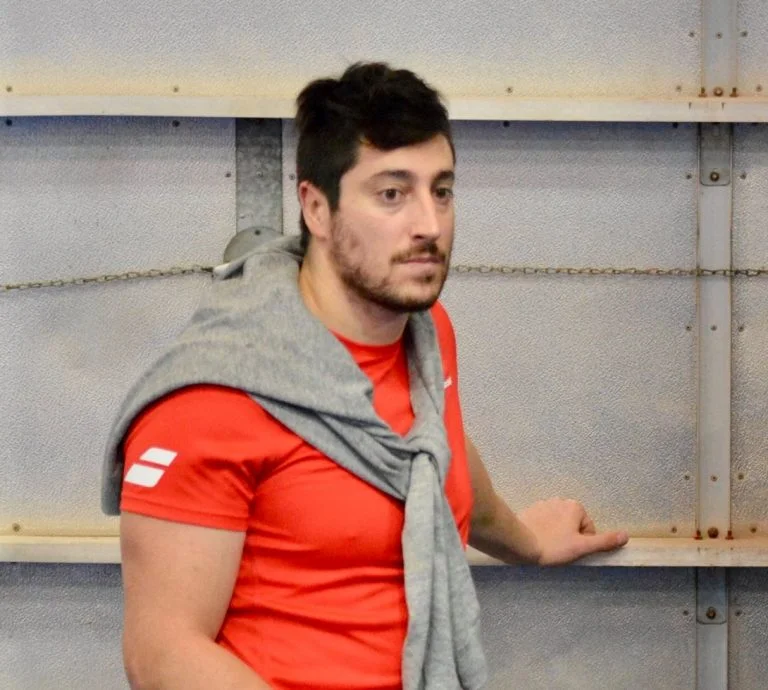
Xan is a fan of padel. But also rugby! And his posts are just as punchy. Physical trainer of several padel, he unearths atypical posts or deals with topical subjects. It also gives you some tips to develop your physique for the padel. Clearly, he imposes his offensive style as on the field of padel !




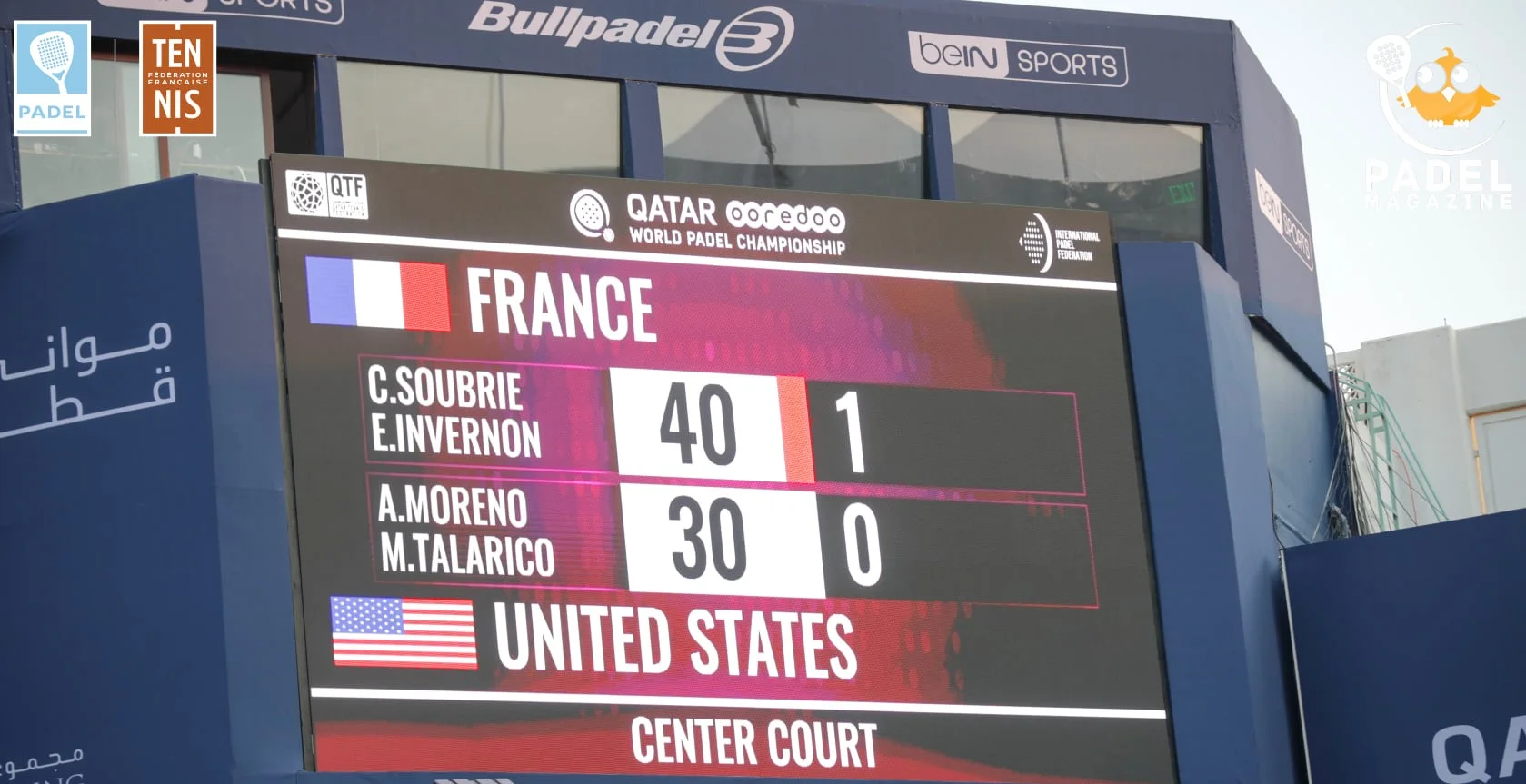

































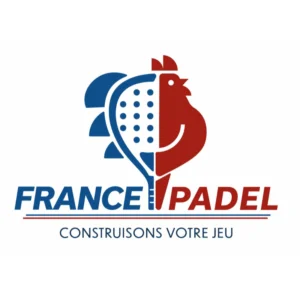




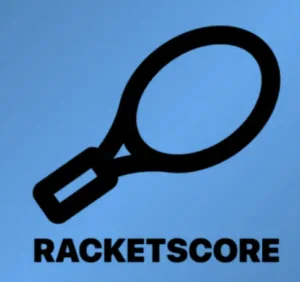














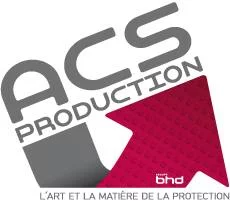







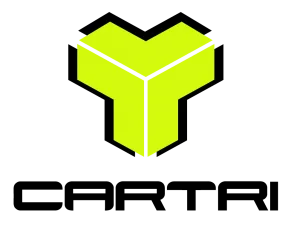

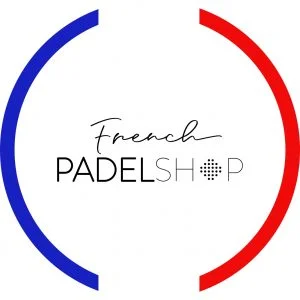

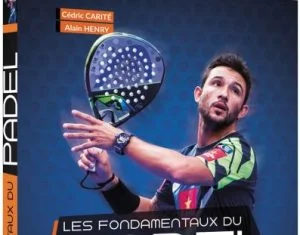










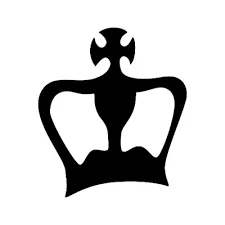




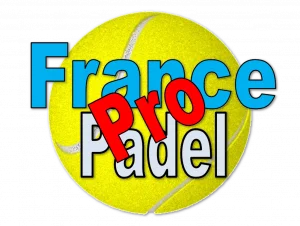




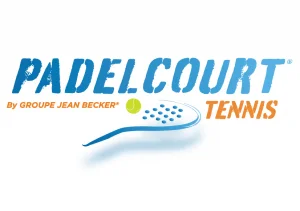




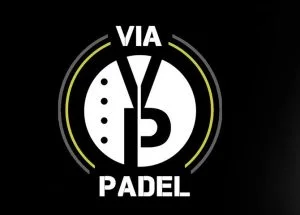




 Betclic Remontada – Beautiful people at the Eiffel Tower!
Betclic Remontada – Beautiful people at the Eiffel Tower!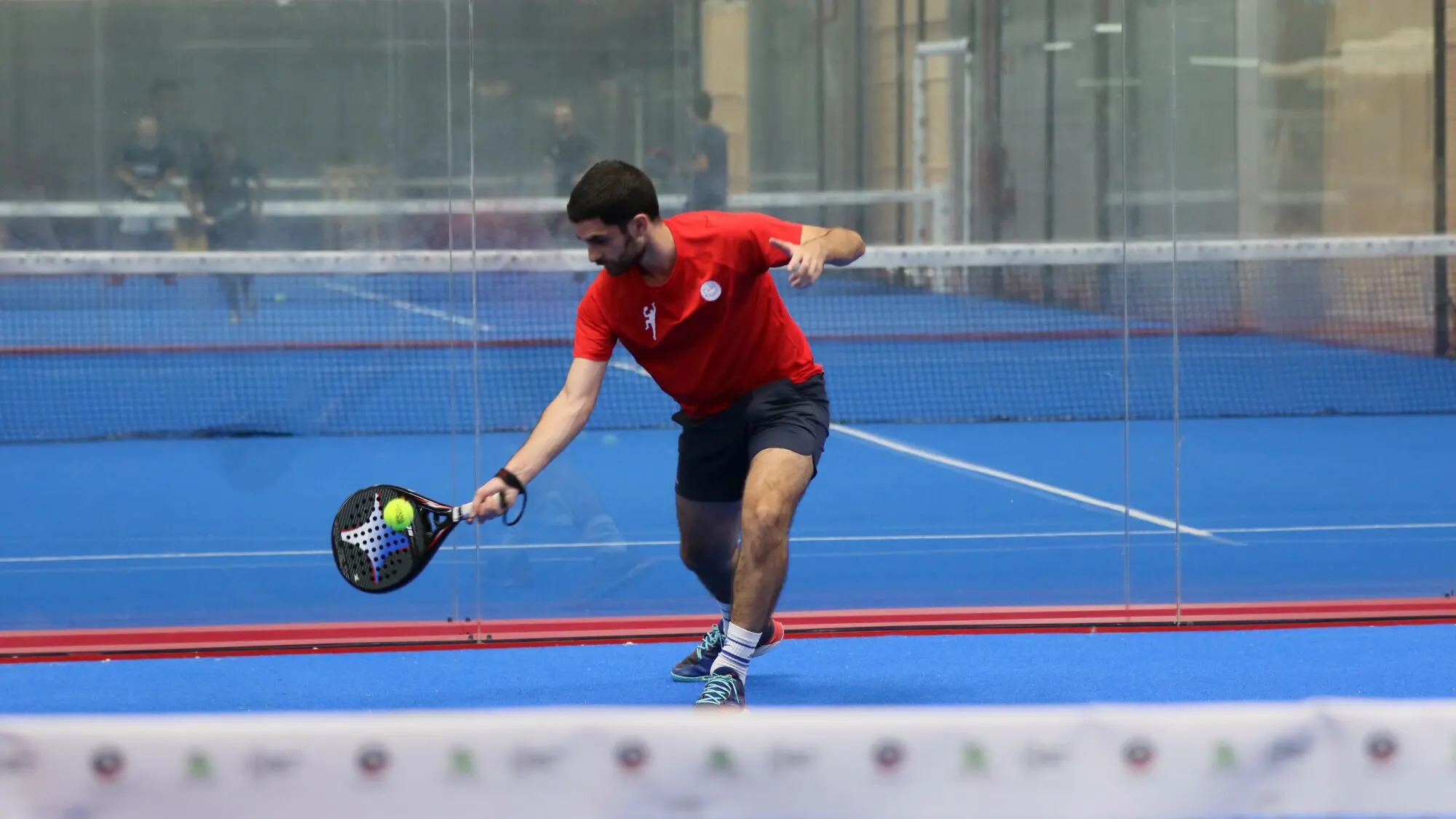 At the heart of padel – Episode 26: the keys to chiquita
At the heart of padel – Episode 26: the keys to chiquita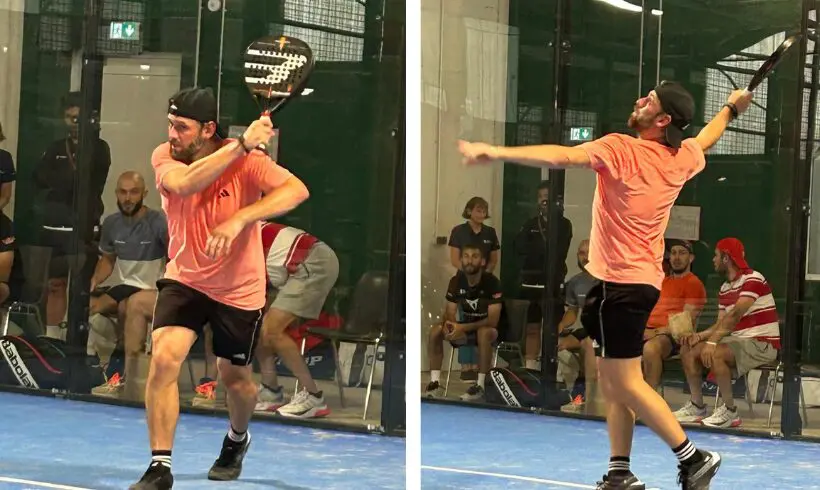 Alexandre Dizy: “I never imagined I would be able to enter the top 100 in 2 years!”
Alexandre Dizy: “I never imagined I would be able to enter the top 100 in 2 years!” Vincent Laureyssens: “Premier Padel compares us to the Monaco Formula 1 GP”
Vincent Laureyssens: “Premier Padel compares us to the Monaco Formula 1 GP” Ramón Morcillo: “I was surprised by France”
Ramón Morcillo: “I was surprised by France” Guillaume Codron: “South Padel, a family project”
Guillaume Codron: “South Padel, a family project” France 2024 team training course – Discover the names of the players present
France 2024 team training course – Discover the names of the players present The P500 tournaments at the P250 level of the time…
The P500 tournaments at the P250 level of the time…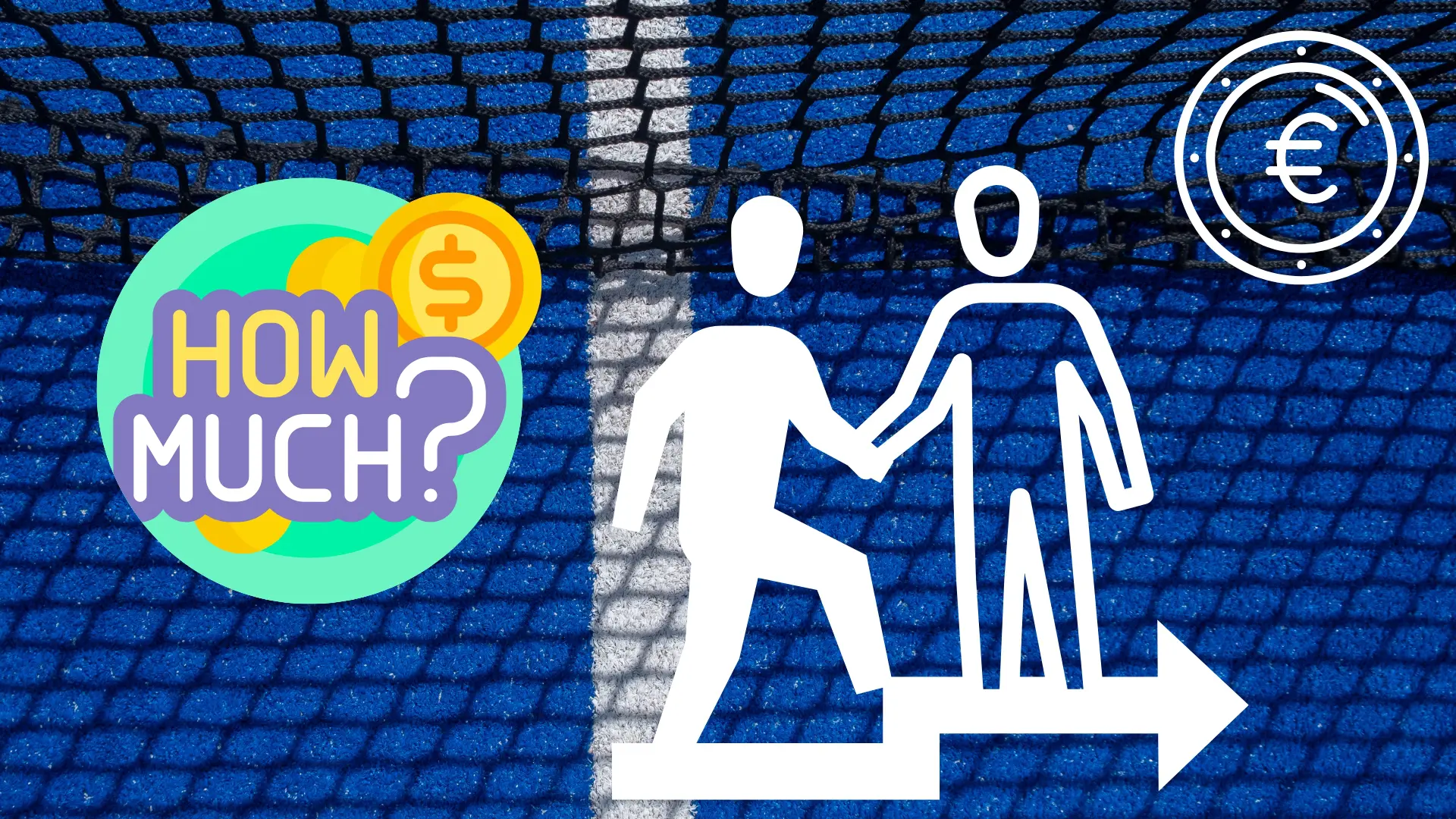 How much does it cost to play with a pro or a coach in a tournament?
How much does it cost to play with a pro or a coach in a tournament? Pablo Cardona, a very big future?
Pablo Cardona, a very big future? Pro Padel League: update on the ranking after the first two stages
Pro Padel League: update on the ranking after the first two stages Where and when to see the very first match of the Belasteguin / Tello pair?
Where and when to see the very first match of the Belasteguin / Tello pair? Business plan padel : the 5 key points
Business plan padel : the 5 key points Ultra-luxurious residences with ski slopes padel floating in Dubai
Ultra-luxurious residences with ski slopes padel floating in Dubai José Manuel Escin at the inauguration of Casa Padel DOS: “Finally, and thank you!”
José Manuel Escin at the inauguration of Casa Padel DOS: “Finally, and thank you!”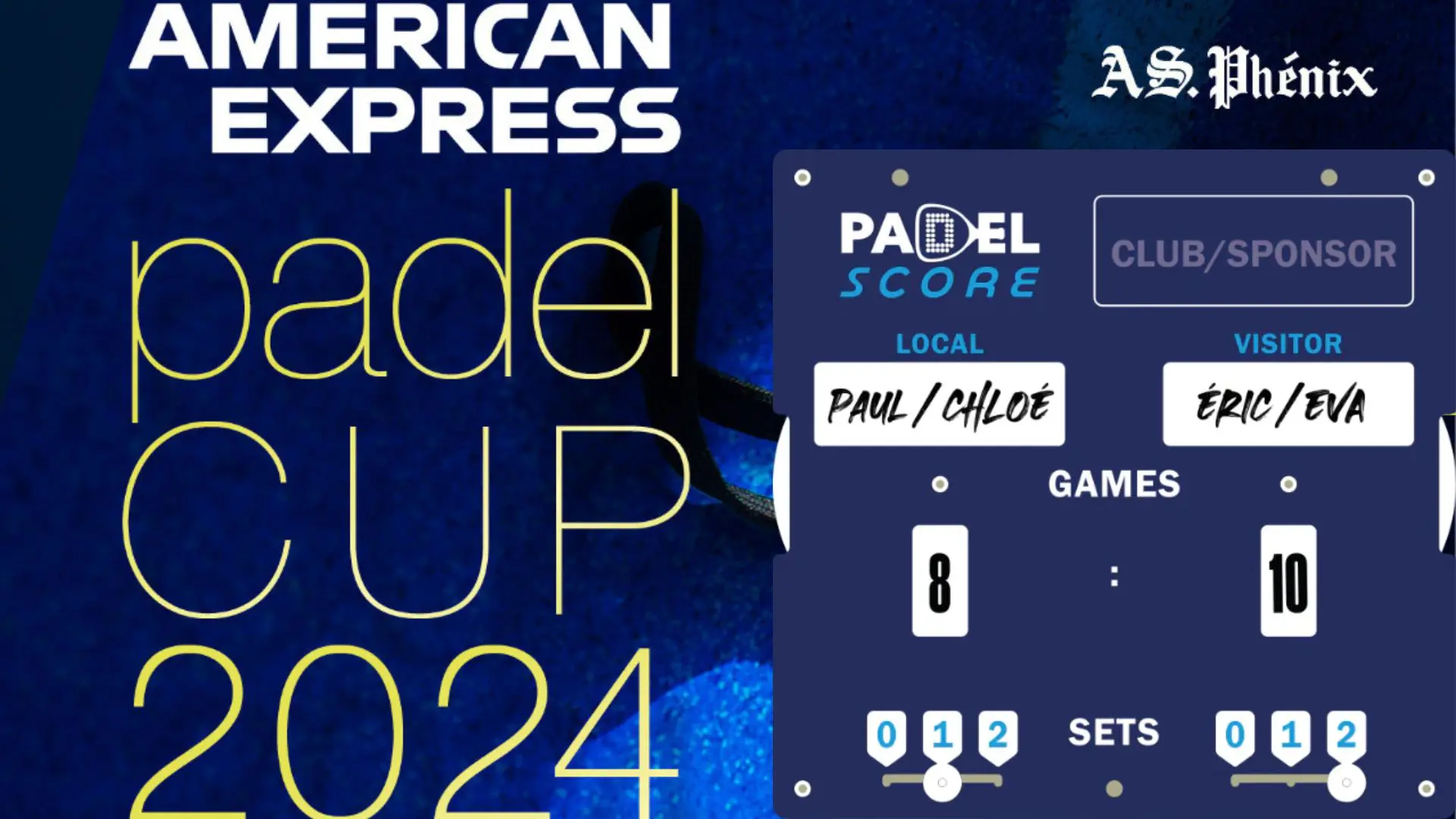 Padel Score comes to Tahiti for American Express Padel Cup!
Padel Score comes to Tahiti for American Express Padel Cup! At the heart of padel – Episode 26: the keys to chiquita
At the heart of padel – Episode 26: the keys to chiquita Brussels Premier Padel P2 – the final in stats
Brussels Premier Padel P2 – the final in stats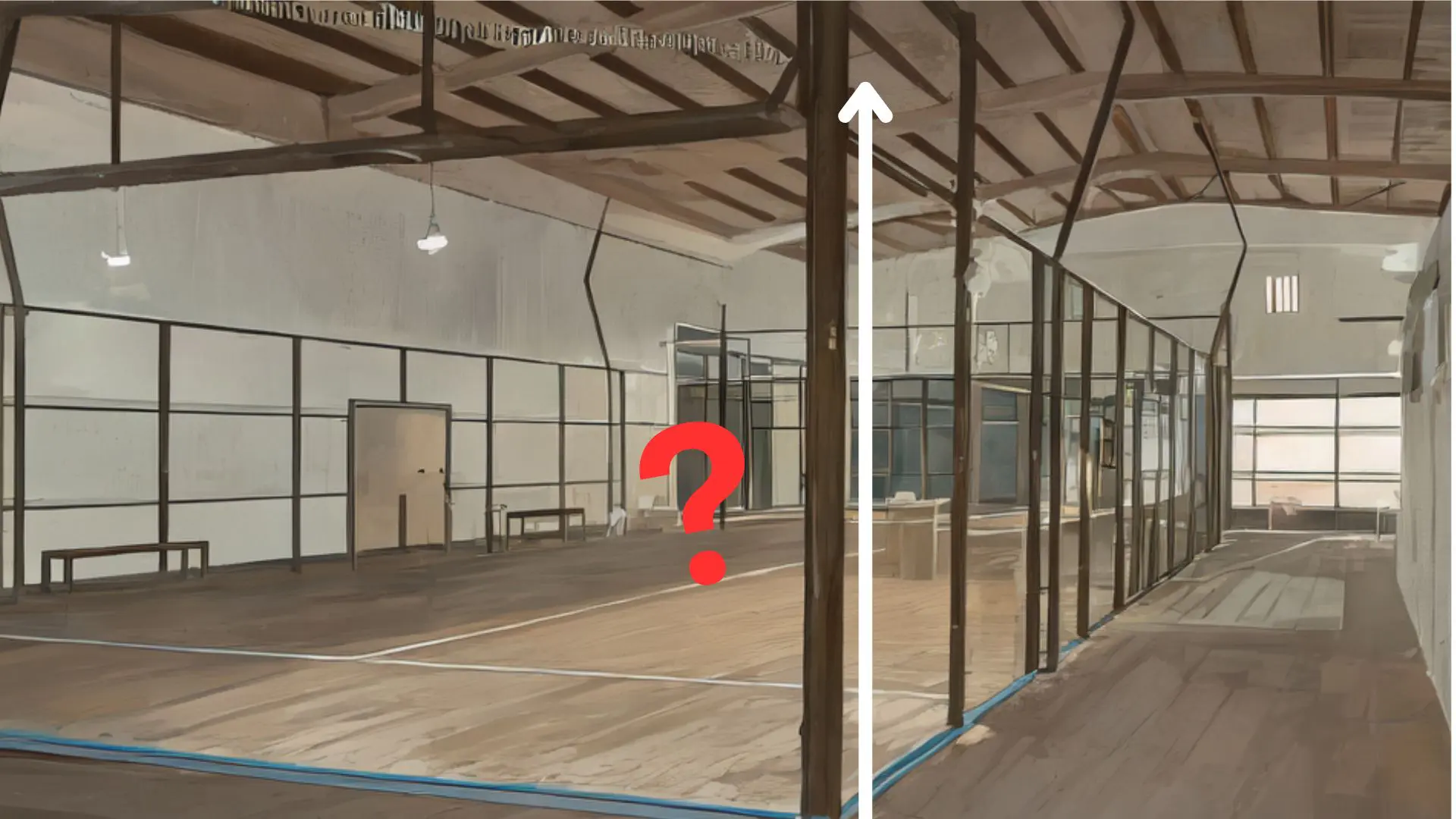 Find out everything about the dimensions of a plot of land padel
Find out everything about the dimensions of a plot of land padel Presentation of the Wilson Bela V2.5 collection
Presentation of the Wilson Bela V2.5 collection At the heart of padel – Episode 24: Paul Daulan shares the evolution of his bandeja
At the heart of padel – Episode 24: Paul Daulan shares the evolution of his bandeja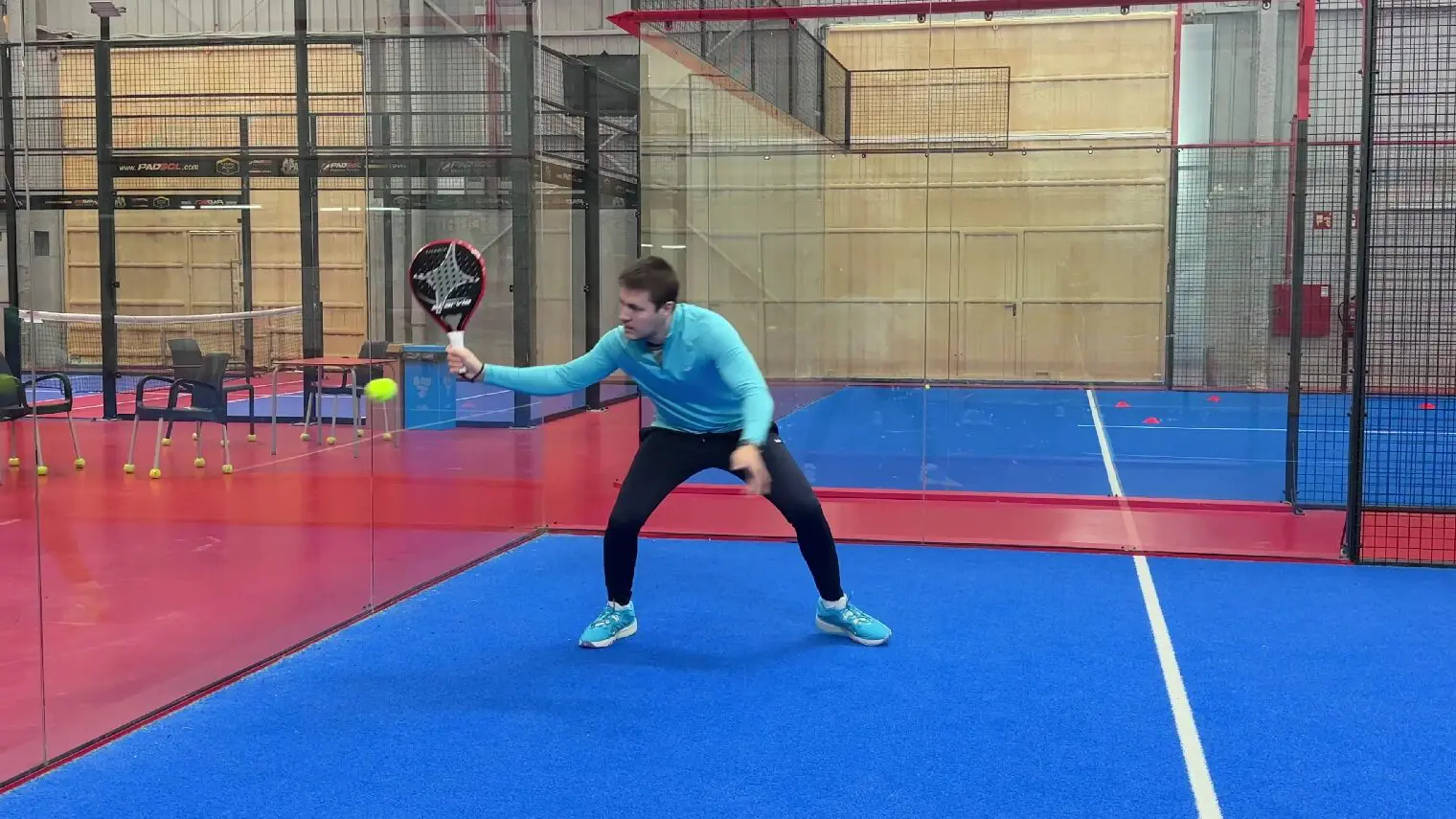 At the heart of padel – Episode 23: defend the window well
At the heart of padel – Episode 23: defend the window well FIP Tour – Going far from Europe, THE strategy to earn points!
FIP Tour – Going far from Europe, THE strategy to earn points! What is a good football player? padel ?
What is a good football player? padel ? “Lefties give me headaches when I play against them!”
“Lefties give me headaches when I play against them!” At the heart of padel – Episode 14: how to earn points in winter?
At the heart of padel – Episode 14: how to earn points in winter?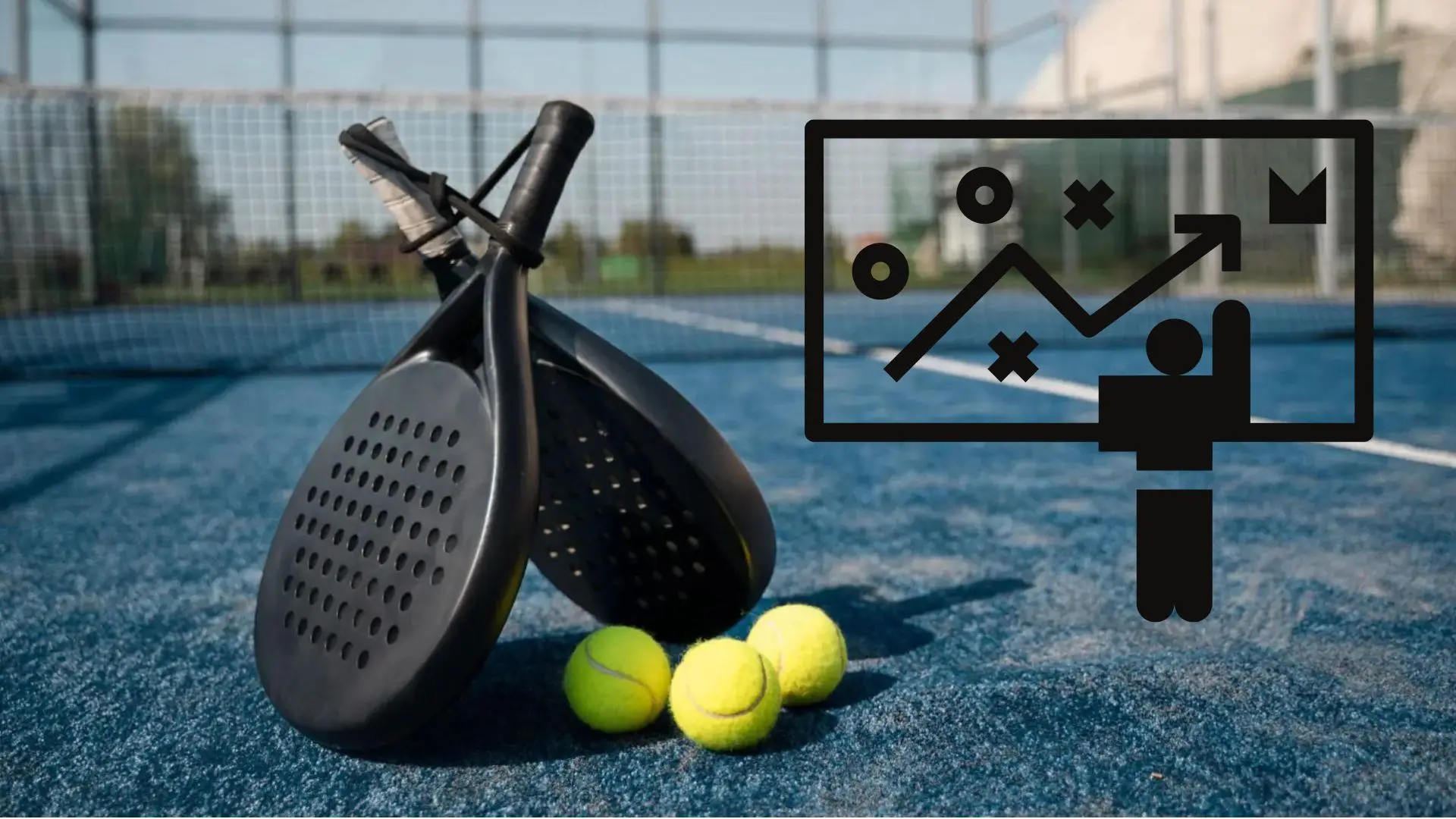 The basic tactics of padel
The basic tactics of padel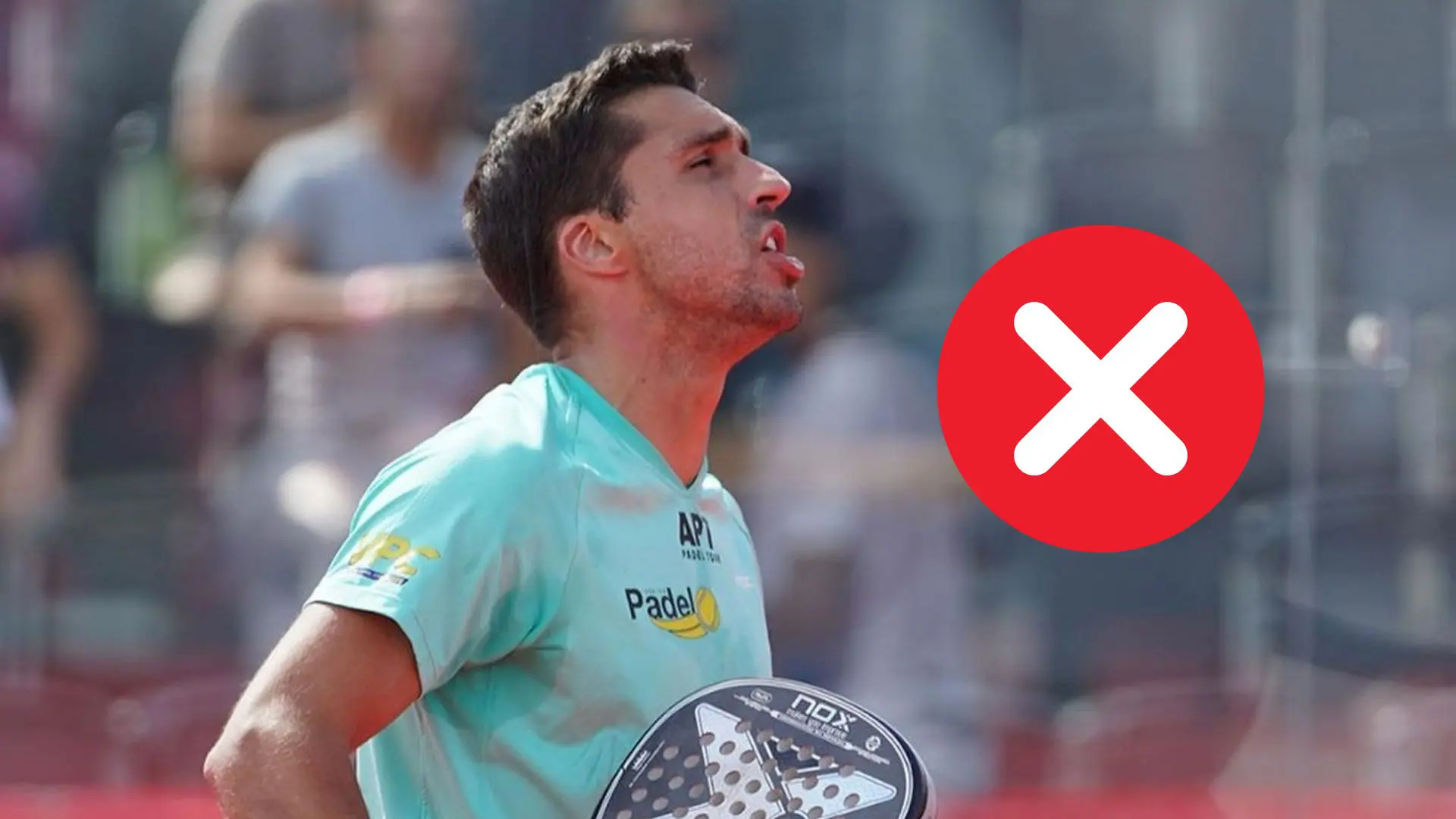 A par 4 is always a winner...even if you manage to defend it!
A par 4 is always a winner...even if you manage to defend it!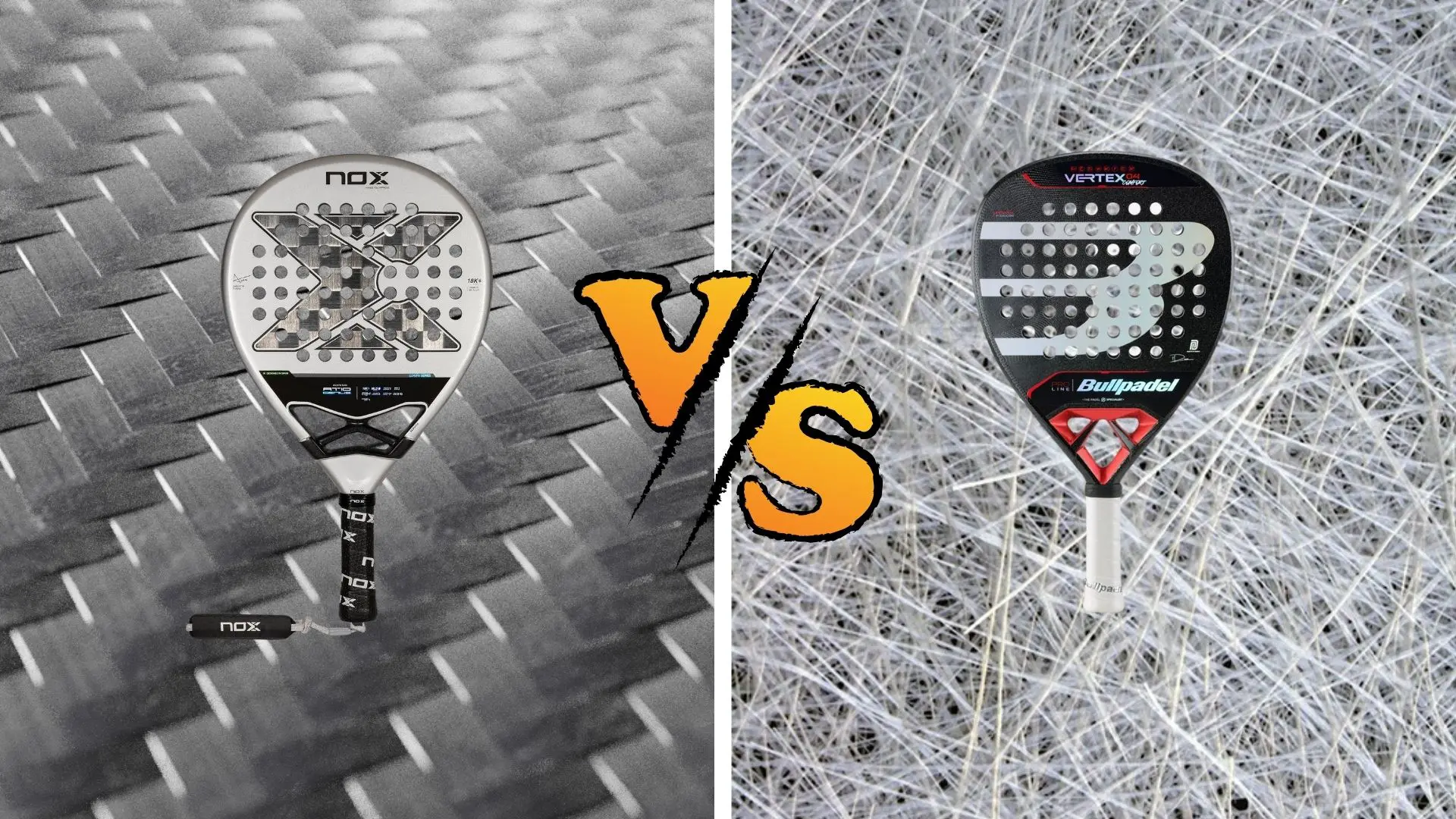 Carbon fiber VS fiberglass: what to choose?
Carbon fiber VS fiberglass: what to choose?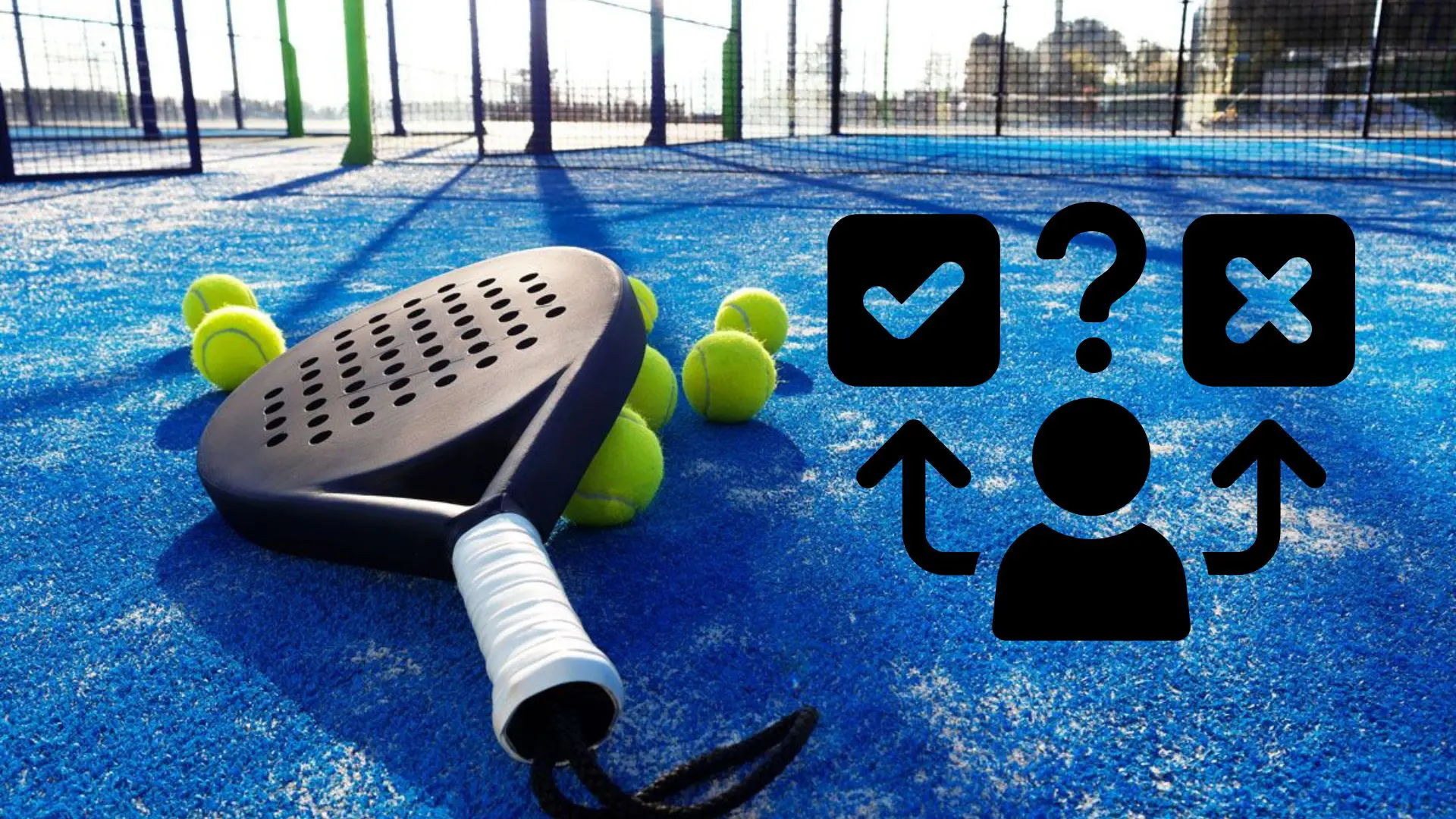 How to effectively test a racket padel ?
How to effectively test a racket padel ? La padel to fight Parkinson's disease
La padel to fight Parkinson's disease Prohibition on playing topless Padel : the reasons
Prohibition on playing topless Padel : the reasons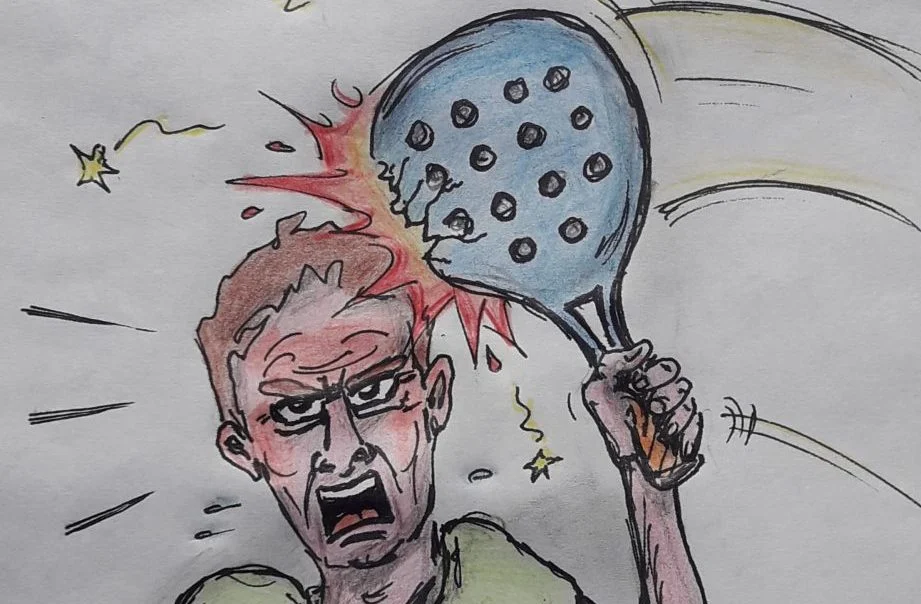 Don't play with a cracked or broken racket, your body will thank you!
Don't play with a cracked or broken racket, your body will thank you! Michel Cymes: “The padel, physically, it’s serious!”
Michel Cymes: “The padel, physically, it’s serious!” Our Top 10 training courses padel in France and Europe
Our Top 10 training courses padel in France and Europe Jeremy Gala: “Promote the padel among young people in Belgium remains a challenge”
Jeremy Gala: “Promote the padel among young people in Belgium remains a challenge” The French Touch Academy organizes its selection day Padel-Study
The French Touch Academy organizes its selection day Padel-Study Report on the detection and training of younger generations
Report on the detection and training of younger generations